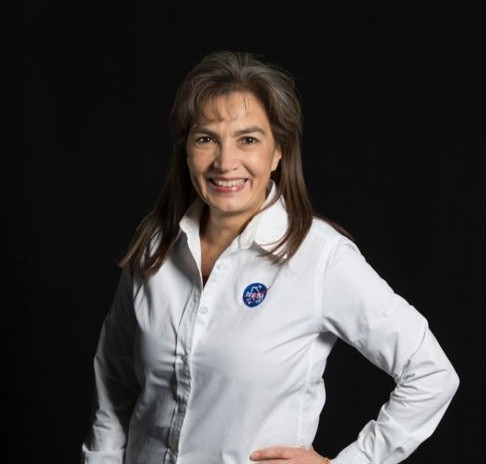Costa Rica News – Last week a satellite that will provide better meteorological images took off. The excitement is not only about better images but better analysis of weather forecasts, which will improve the prediction of hurricanes, tornadoes and other natural disasters. It has been recognized as the most advance weather eye for planet earth.
 A problem in the launch vehicle caused the launch of the GOES-R, the first of a new generation of NASA and US-Oceanic and Atmospheric Administration (NOAA) geostationary satellites, to be delayed by one hour. One more minute on the ground and the operation have had to wait at least a couple of months, shared NASA through NASA’s Internet signal.
A problem in the launch vehicle caused the launch of the GOES-R, the first of a new generation of NASA and US-Oceanic and Atmospheric Administration (NOAA) geostationary satellites, to be delayed by one hour. One more minute on the ground and the operation have had to wait at least a couple of months, shared NASA through NASA’s Internet signal.
Behind the launch at the Kennedy Space Center in Cape Canaveral, Florida, there is the talent of a Tica. Engineer, Sandra Cauffman, is now the deputy director of NASA’s Earth Sciences Division. She was once deputy director of the GOES program -R and today continues to work closely on the satellite.
During a press conference Cauffman explained that the project is a quantum leap and will revolutionize the way we forecast and weather forecasts. It will allow better decisions to be made when such as when it is best to evacuate a population to avoid injuries and deaths from a natural disaster.
The GOES-R satellite has many applications for the study of meteorology that can be used to study scientific models and to make better decisions in times of hurricanes and tornadoes. For example, in a matter of 30 seconds (five times faster than the previous generation of satellites), scientists will be able to know the trajectory and intensity of storms and possible hurricanes from their components. Images will also have better resolution and definition and the data will be more complete.
Another example of the satellite’s contribution is fog detection, fog’s algorithms will improve. Aviation accidents can be more accurately prevented. In addition, in case of a volcanic eruption, the height and direction of the gas emanation can be measured to alert scientists and populations about possible ash fall.
This new generation of satellites will be used for the analysis of climate change.
The GOES-R will change its name to GOES-16 once it enters orbit and its first task will be a general monitoring for a year. After that it will go into more specific climate analysis operations.
By Brenda Sotelo

